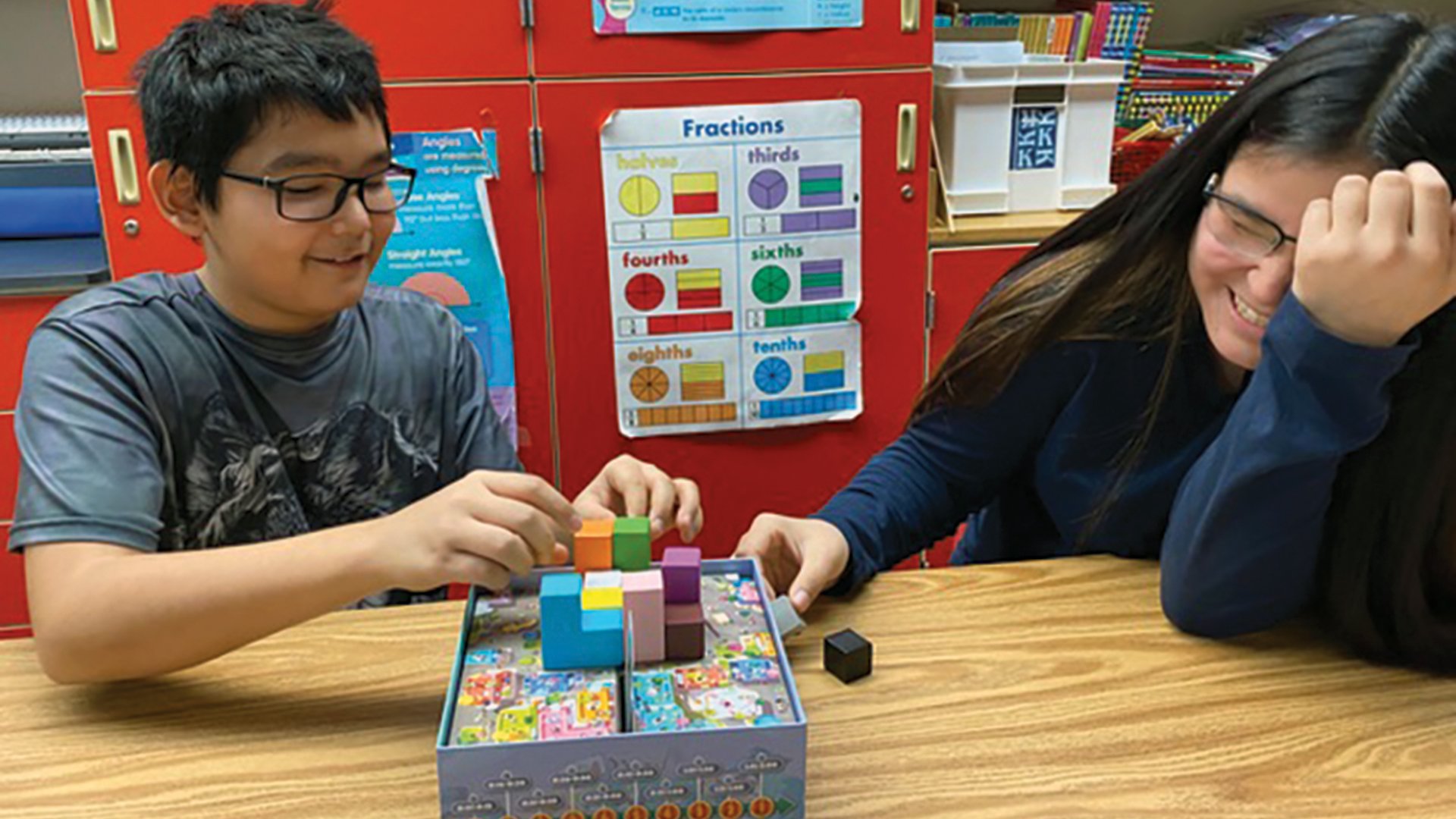Alyssa Tong is a gamer. A board gamer, that is. She plays board games with her friends on Friday nights and regularly reads reviews of new games to try out.
“I love all of them!” she says.
Tong shares her enthusiasm for board games with her students at Crispell Middle School, in Pine Bush, N.Y., where she teaches English as a new language.
“Board games are great ways to build vocabulary for English language learners [ELLs] and they also offer opportunities to build SEL skills,” she says.
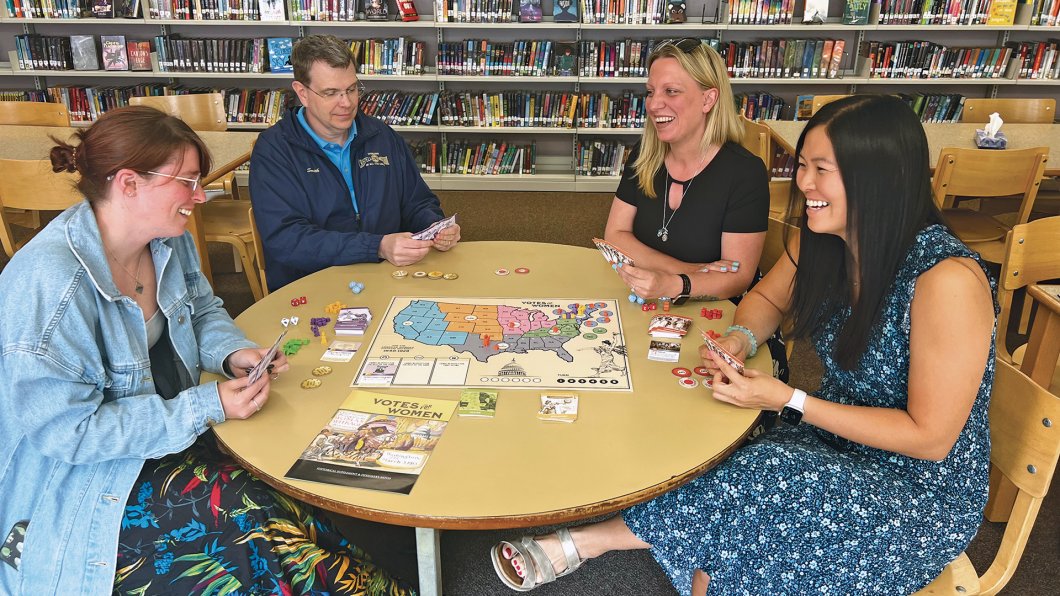
Tong is a member of the Tabletop Alliance, a volunteer-run nonprofit with a mission to promote and advance education and communities through the incorporation of games into programs and institutions like libraries and schools. Through the organization, she and her school have received free board games, like Just One, a word association game, and NMBR 9, a puzzle game that builds math skills.
In Tong’s classroom, students play Just One together to guess as many mystery words as possible.
“The mystery word might be ‘cupcake,’ and kids might say small, sweet, dessert, while the others put those words together,” she says. “Using adjectives and word association for ELLs in a game allows them to learn new words in a fun way.”
Just One can support learning about science, too.
“Our students learn about cells in seventh grade, and they can play the game and come up with adjectives that describe parts of a cell,” Tong explains.
Playing NMBR 9, she adds, helps students hone multiplication skills and spatial awareness, with some friendly competition to egg them on.
“The sky is the limit in how you can use games to support curriculum,” Tong says.
Games can match teachers’ needs
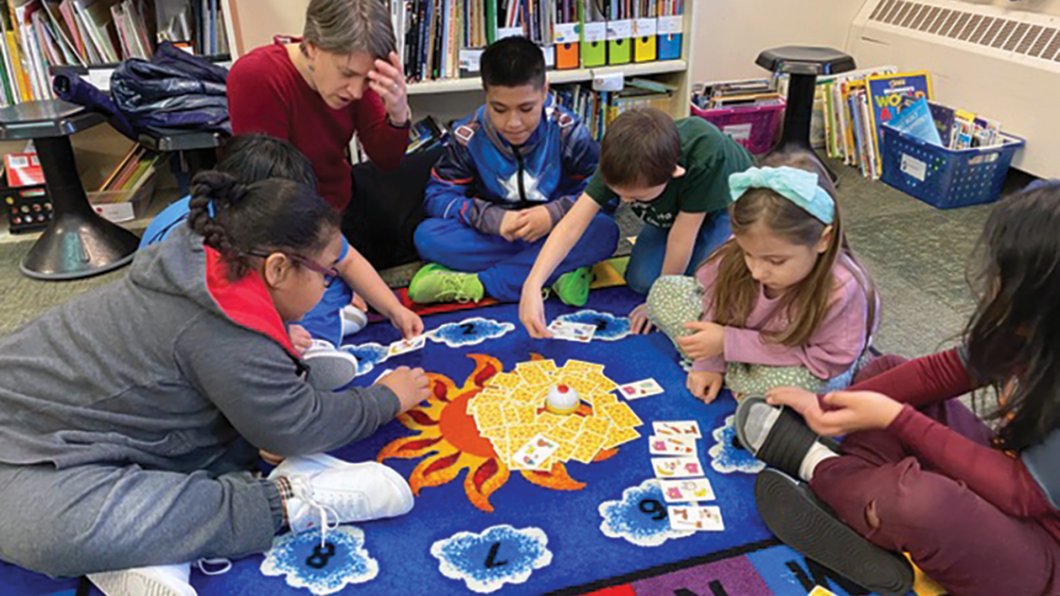
Bruce Brown is the founder of the Tabletop Alliance. He’s also the assistant director for leadership education at Texas A&M University and host of the “Board Game Impact” podcast.
He and his team at Tabletop select games that have the best results for students and also match teachers’ needs.
Research shows that games can be used to enhance a variety of learning outcomes, Brown says, such as teaching explicit lessons, fostering team building, increasing creativity, building confidence, and fostering resilience and good sportsmanship.
“Some teachers might want games to demonstrate economic principles or historical lessons, others to align with social emotional learning,” Brown says. “We call each educator we send games to [and] find what will best align with the desired outcomes.”
All of the recommended games can be set up, played, and taken down within an hour. They are easy to learn, appeal to a range of interests, and can be played repeatedly with more discovery each time. Many have helpful YouTube tutorials, too.
Brown says board games can help meet SEL needs by addressing social and self-awareness, self-management, relationship skills, and responsible decision-making.
“The research shows that this is especially true when educators use intentional dialogue and reflection on actions to reinforce the learning for future applications,” he says.
Do not pass go without setting expectations
Before the students grab game pieces and dive in, Tong recommends establishing some classroom norms.
“Define expectations for set up and clean up, behavior, and sportsmanship,” she says. “Otherwise, it’s easy for students to get excited and forget all of those things, and then it’s the teacher who is cleaning up and setting up.”
It’s hard for students, especially those who are younger or neuro-divergent, to find the language to express their emotions in a constructive way, Tong says.
“But when a student who is easily frustrated is able to lose, but still say good game and not have a meltdown, everyone wins.”
Move Over Monopoly

Wingspan by Stonemaier Games

Food Chain Magnate by Splotter

Canvas by R2i
Tong's Tabletop Alliance Game Collection
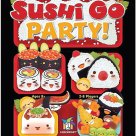
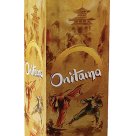
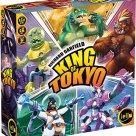
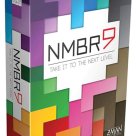
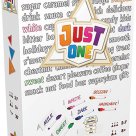
Learn More
Are you an affiliate?

